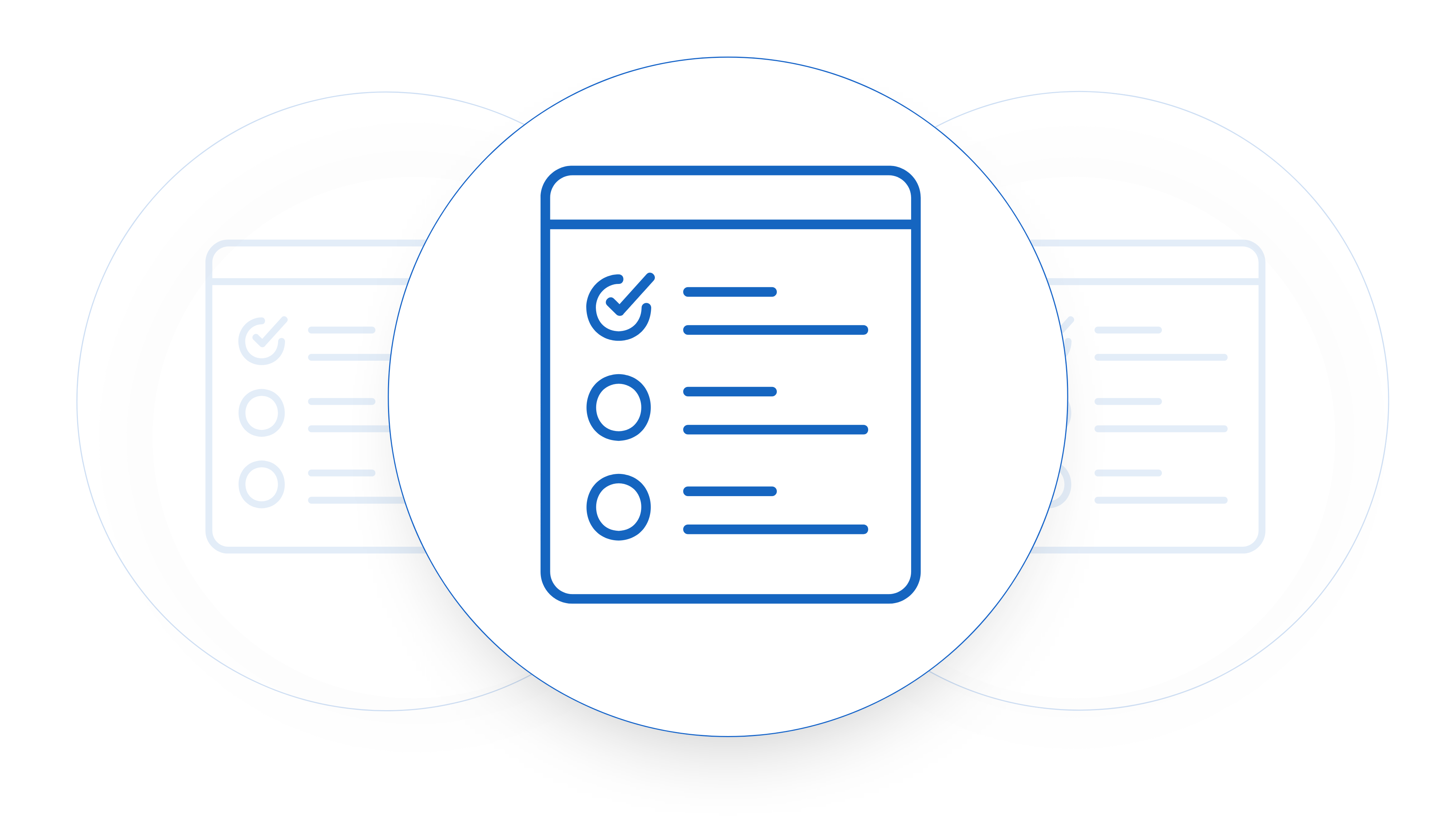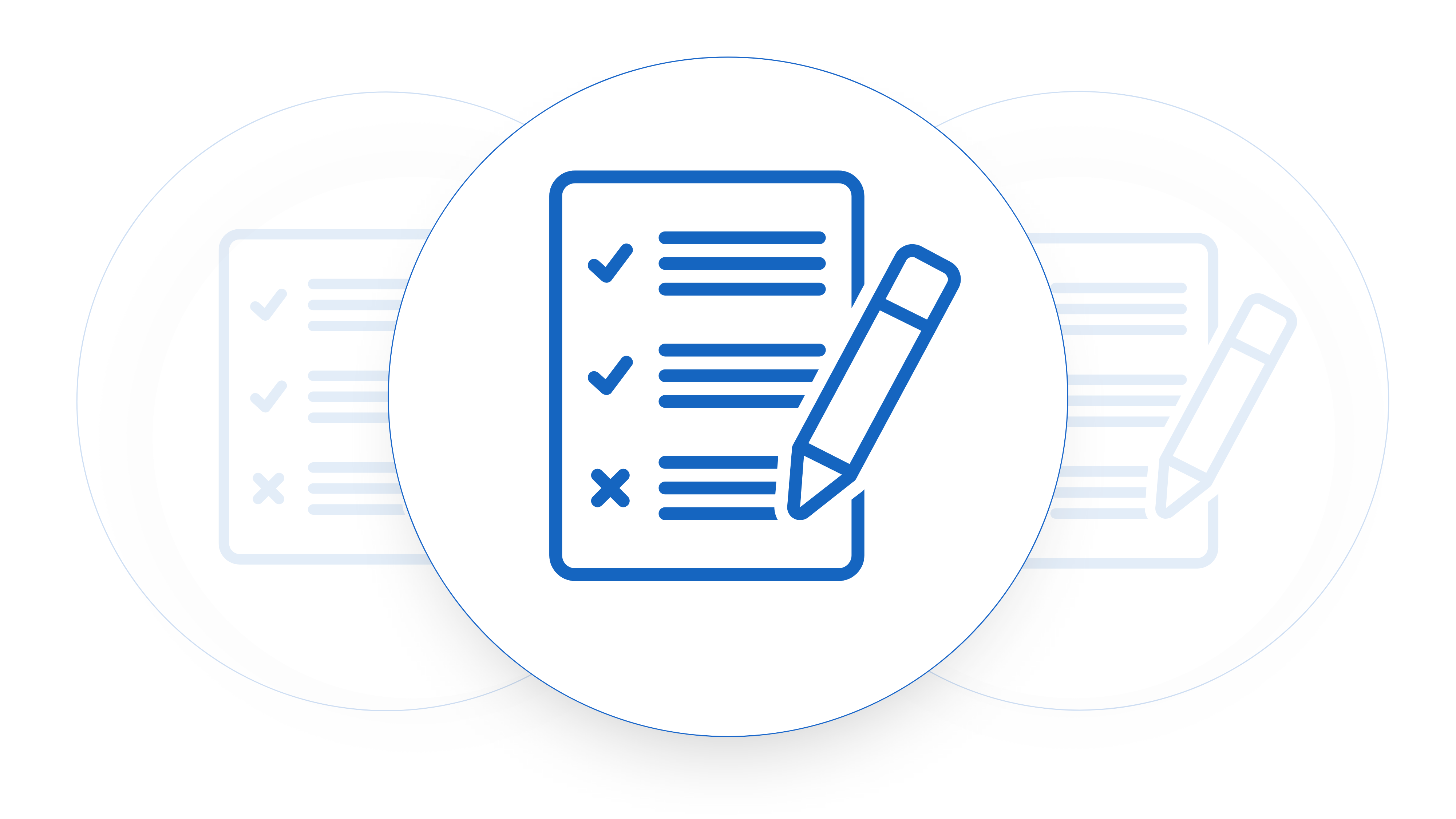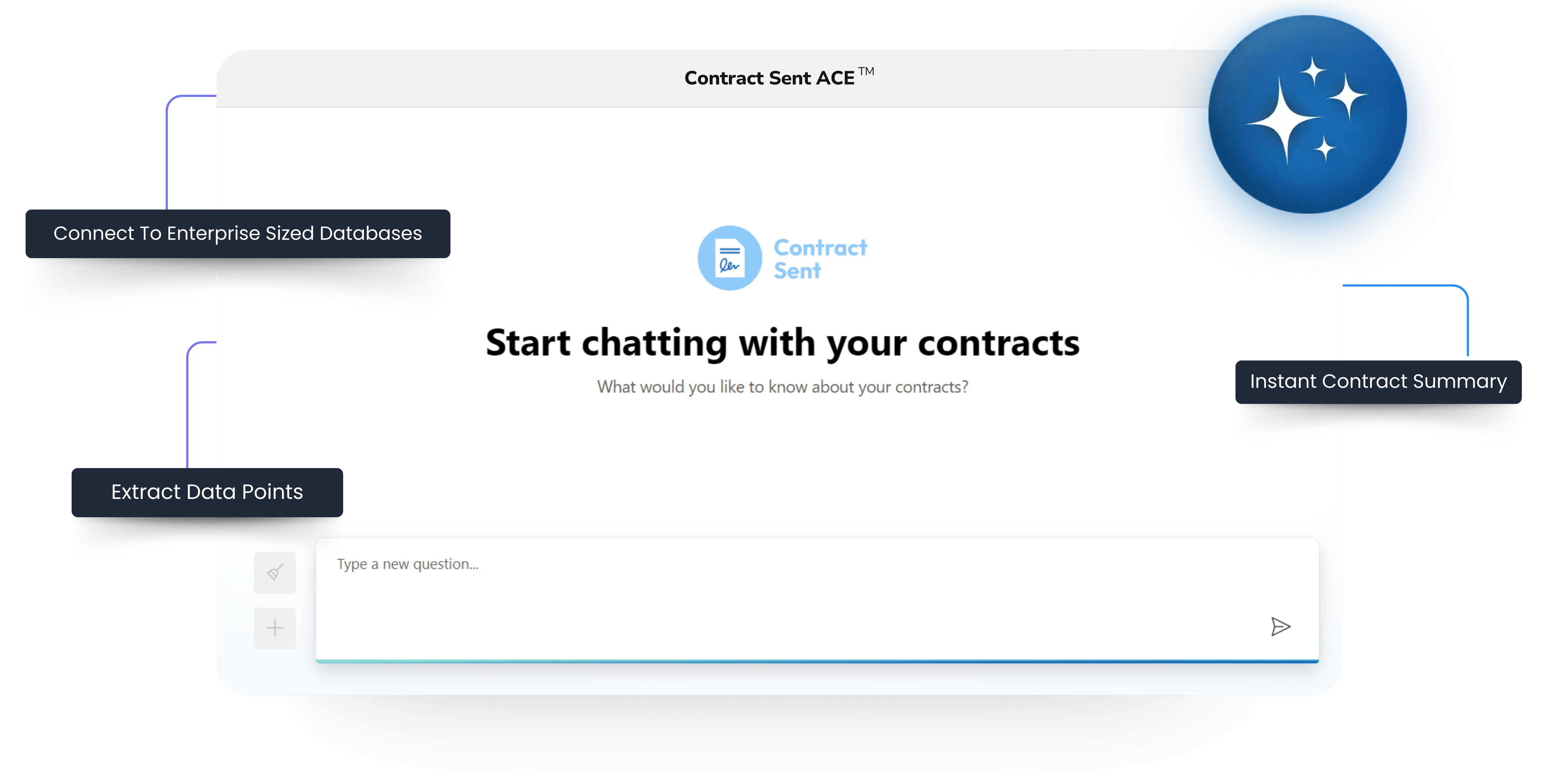Understanding Contract Lifecycle Management for Small Businesses
In the battle for winning in small business, managing contracts efficiently can be the difference between winning and losing. Contract Lifecycle Management (CLM) is a systematic approach to handling contracts from creation through execution, and ultimately, to renewal or expiration. For small businesses, mastering CLM can lead to improved efficiency, reduced risks, and better compliance.
What is Contract Lifecycle Management?
Contract Lifecycle Management (CLM) refers to the process of managing contracts from their initial creation through to their eventual termination. This involves several stages, including drafting, negotiation, approval, execution, compliance, and renewal. By automating and streamlining these stages, small businesses can save time, reduce errors, and ensure that all contractual obligations are met.
The Importance of CLM for Small Businesses
- Efficiency and Time Savings: Small businesses often operate with limited resources. CLM tools can automate repetitive tasks, such as contract drafting and approval workflows, freeing up valuable time for your team to focus on core business activities.
- Risk Management: Contracts are legally binding documents, and any oversight can lead to significant risks. CLM systems help ensure that all contracts are compliant with relevant laws and regulations, reducing the risk of legal disputes.
- Improved Compliance: Staying compliant with industry regulations is crucial for small businesses. CLM solutions provide a centralized repository for all contracts, making it easier to track and manage compliance requirements.
- Enhanced Collaboration: Contracts often require input from multiple stakeholders. CLM tools facilitate better collaboration by providing a platform where all parties can review, edit, and approve contracts in real-time.

Looking for a contract template?
Key Stages of Contract Lifecycle Management
- Contract Creation: The first stage involves drafting the contract. CLM tools often come with templates and clause libraries that can be customized to meet the specific needs of your business. This ensures consistency and reduces the time spent on drafting.
- Negotiation: Once the draft is ready, it is shared with the other party for review and negotiation. CLM systems allow for real-time collaboration, making it easier to track changes and reach an agreement faster.
- Approval: After negotiation, the contract needs to be approved by the relevant stakeholders. Automated workflows in CLM tools ensure that the contract is routed to the right people for approval, reducing bottlenecks.
- Execution: Once approved, the contract is signed by both parties. Electronic signature capabilities in CLM solutions streamline this process, making it quick and secure.
- Compliance and Performance Management: After execution, it is crucial to monitor the contract to ensure that all parties meet their obligations. CLM systems provide tools for tracking key milestones and performance metrics.
- Renewal or Termination: As the contract nears its end, the CLM system can alert you to take action, whether it’s renewing the contract or terminating it. This ensures that no contract expires without your knowledge.
Benefits of Implementing CLM in Small Businesses
- Cost Savings: By automating manual processes, CLM reduces the need for extensive administrative work, leading to significant cost savings.
- Better Decision Making: With all contract data centralized and easily accessible, small business owners can make more informed decisions based on real-time insights.
- Scalability: As your business grows, the volume of contracts will increase. CLM systems are scalable, allowing you to manage more contracts without a proportional increase in workload.
- Enhanced Security: CLM solutions offer robust security features, ensuring that sensitive contract information is protected from unauthorized access.
Choosing the Right CLM Solution
When selecting a CLM solution for your small business, consider the following factors:
- Ease of Use: The system should be user-friendly and easy to implement, with minimal training required.
- Integration Capabilities: Ensure that the CLM tool can integrate with other systems you use, such as CRM or ERP software.
- Customization: Look for a solution that allows you to customize templates and workflows to fit your specific business needs.
- Support and Training: Choose a provider that offers robust support and training resources to help you get the most out of the system.
For small businesses, effective contract management is essential for operational efficiency and risk mitigation. Implementing a Contract Lifecycle Management system like Contract Sent can streamline your contract processes, improve compliance, and ultimately, contribute to your business’s success. By understanding and leveraging the benefits of CLM, small business owners can focus on what they do best – growing their business.












